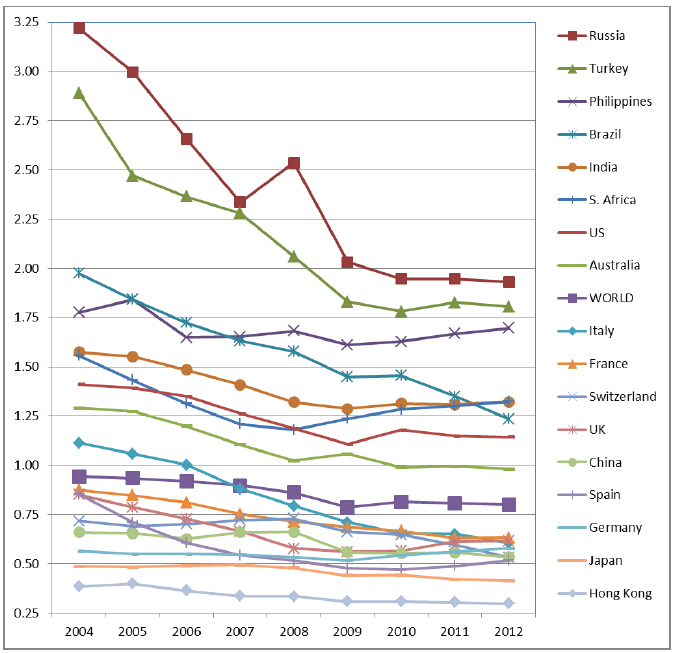Community currency allows localities and regions to create real wealth in their local economy by matching the unmet needs (e.g., offer people employment, and to pay for local services like education, health care, fire and police protection, and road maintenance, etc.) with the under-utilized resources available that could fill those gaps. The main barrier to matching the unmet needs with the underutilized resources is often a lack of money.
Community currency also provides a way for the wealth that is produced locally to benefit local people, rather than being siphoned off to distant companies. This is because community currency circulates only locally and is not legal tender outside of its immediate community.
Double Speed: How fast did you say the Oars were going again?
Toda Oar, for instance, is a community currency used in Toda City in Saitama Prefecture, near Tokyo. The Oar is issued and managed by the Community Currency Toda Oar Management Committee, which is staffed by volunteers. First issued in 2003, the purpose of the Oar was to revitalize citizen activity and encourage mutual assistance. The unit of this currency is the Oar (i.e., equivalent to one yen). Both 10-Oar and 100-Oar bills are in circulation. As observed by Kurita et. al., people’s favorable perception of their own community currency drives its circulation, and thus helps revitalize the local economy.
Establishing the circulation system for a new community currency so it does not "pool" in particular parts of the system. (Source: Community Currency Guide).
Complementary currencies in circulation all have curative power in their communities (Source: de la Rosa and Stodder).
Velocity of complementary currencies (circa 2012). In 2014, Bitcoin (not shown) is by far the speed king at 36! (Source: de la Rosa and Stodder).
Comparative velocity of fiat currencies in the world economy (circa 2004~2012). (Original Source: World Bank).
References:
Kurita, Ken-ichi, Yoshida, Masayuki and Miyazaki, Yoshihisa (2015). What kinds of volunteers become more motivated by community currency? Influence of perceptions of reward on motivation. IJCCR 19 (D) 53-61. Retrieved from: http://ijccr.net/2015/03/08/what-kinds-of-volunteers-become-more-motivated-by-community-currency-%E2%80%A8influence-of-perceptions-of-reward-on-motivation-2/
de la Rosa, Josep Lluis and Stodder, James (2015). On Velocity in Several Complementary Currencies. IJCCR 19 (D) 114-127. Retrieved from: http://ijccr.net/2015/02/25/on-velocity-in-several-complementary-currencies/
Gómez, Georgina (2015). Multiple Moneys and Development. International Journal of Community Currency Research, Volume 19 (2015) Special Issue (Section D). Retrieved from: http://ijccr.net/category/volume/19-2015-special-issue/
Lietaer, Bernard (2004). Complementary Currencies in Japan Today: History, Originality and Relevance. IJCCR, Volume 8 (2004). Retrieved from: http://www.lietaer.com/images/JapanCC_2003.pdf
Lietaer, Bernard and Hallsmith, Gwendolyn. Community Currency Guide. Retrieved from: https://www.community-exchange.org/docs/Community_Currency_Guide.pdf
Lietaer, Bernard. Currency Solutions for a Wiser World. Retrieved from: http://www.lietaer.com/
Greco Jr., Thomas H. Beyond Money. Retrieved from: http://beyondmoney.net/





